
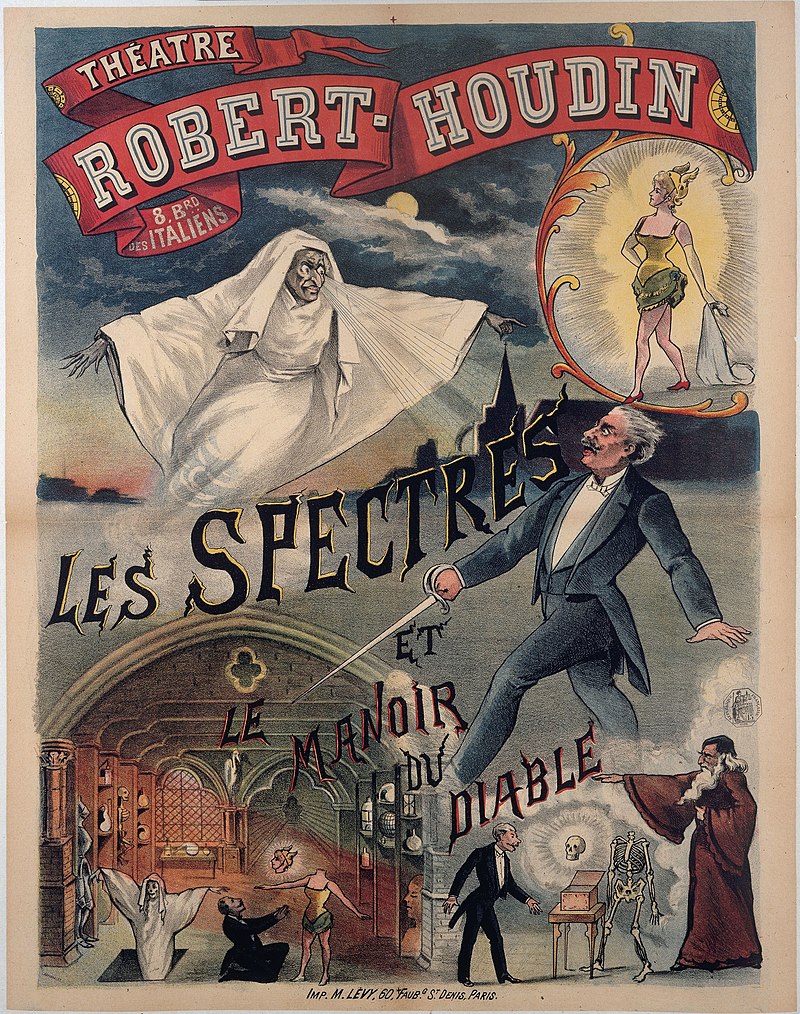
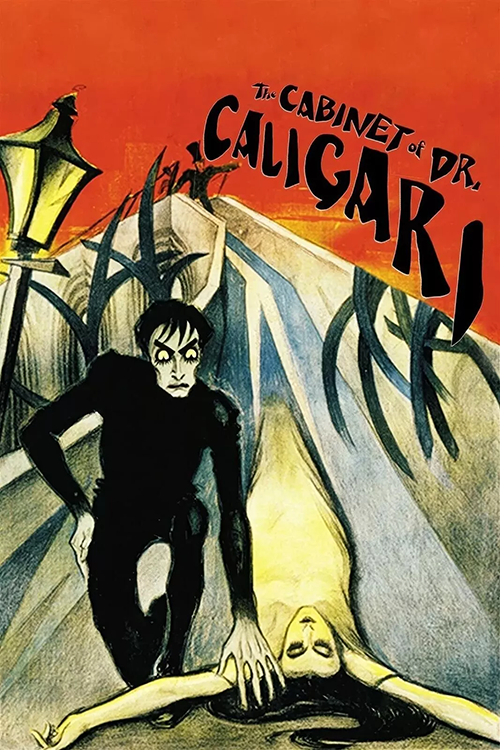
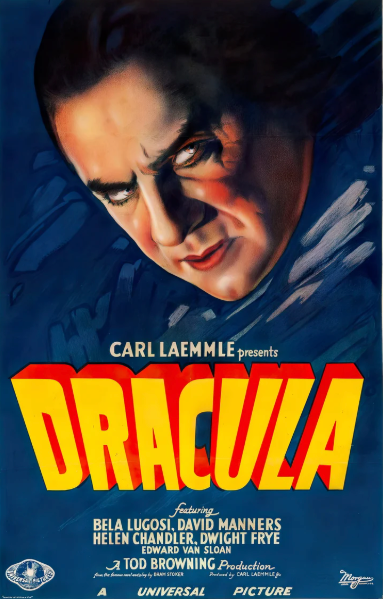
Horror films develop from Expressionistic roots
There is a linear development — 13 steps — to horror films that is easy to trace, at least through the late 1970’s-80’s. Movie fans, as always, may agree to disagree, but it seems …
1.) The French did it first: Le Manoir du diable (1896). Le Manoir du diable was a French “trick film” released in 1896 by Georges Méliès, the same early filmmaker who visually implanted a rocketship into the right eye of a disapproving full moon. Because of its various themes – flying bats, ghosts, witches, the devil and his minions – it has been called the first horror film. It lasts 3 minutes and 15 seconds and is as good a place to start as any.
2.) The Germans did it best with German Expressionism: The Cabinet of Dr. Caligari (1920), Nosferatu (1922). Expressionism was an art movement not limited to the movies. It developed in Germany following World War I (1914-1918) and it spanned all forms of art: painting, literature, music, theatre, film, and architecture. Critics point to the real horrors of the war as the stimulus for Expressionism. People were seeing the old normal world through a new distorted lens that made it now seem strange. To portray this new world required a new boldness as artists attempted to express the inner experience of characters and viewers. It’s complicated.
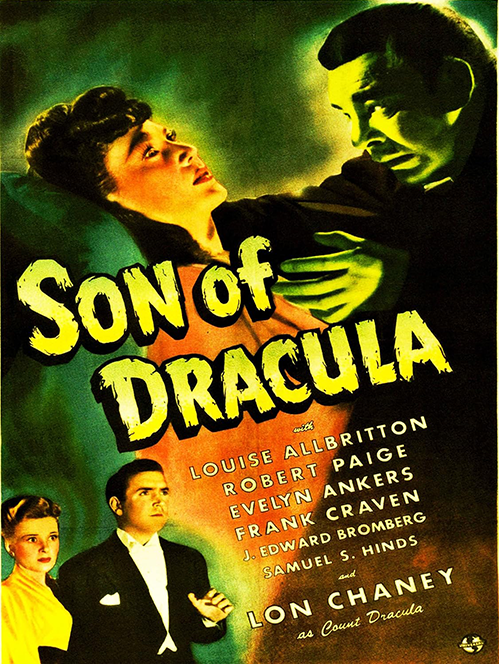
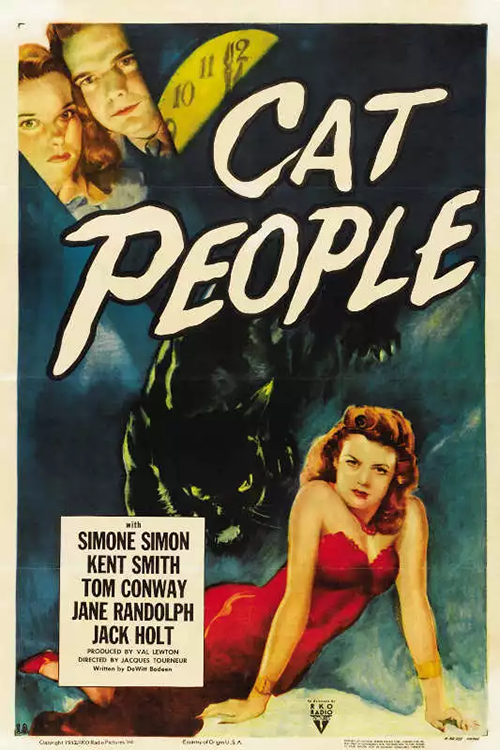
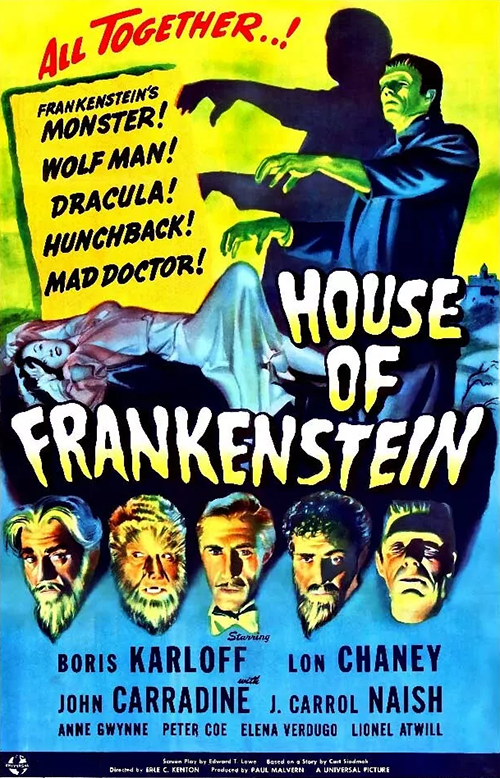
In film this was done primarily with “highly stylized” movie sets, lighting, makeup, costumes, and acting. The style of German Expressionism would greatly influence the look of both early and current horror films continuing through such diverse offerings as Beetlejuice in 1988 (If you remember the after-death waiting room scene in Beetlejuice, you understand Expressionistic design).
3.) The Golden Age of Horror began in 1931 with Bela Lugosi’s Dracula. Other classics followed: Frankenstein (1931), The Mummy (1932), The Invisible Man (1933), The Wolfman (1941). The acting and the look of German Expressionism greatly influenced the early American classics and such directors as James Whale (Frankenstein) and Todd Browning (Dracula).
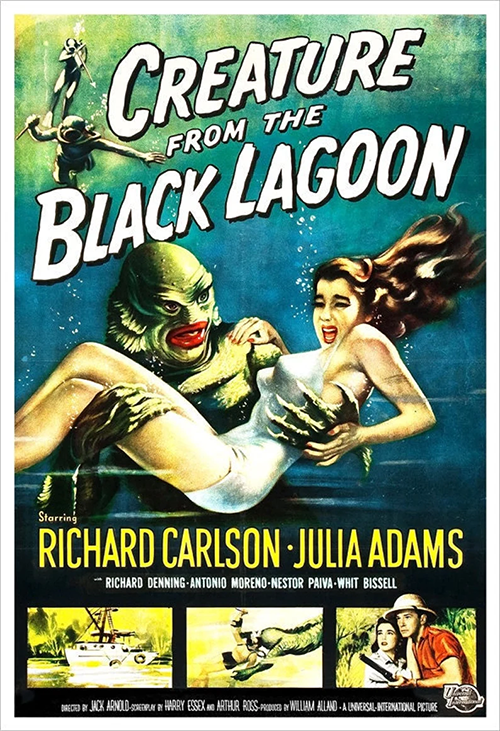
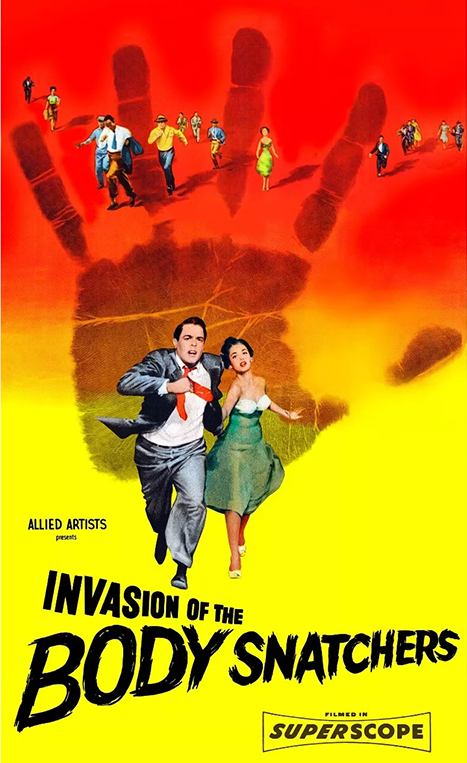
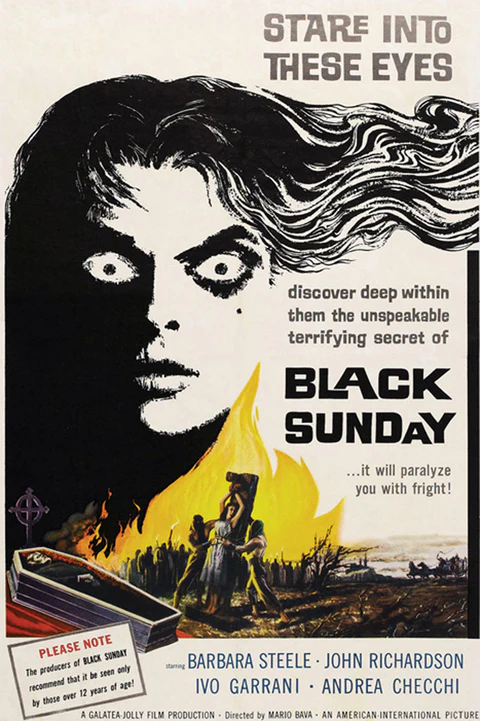
4.) Sibling adaptations began: Bride of Frankenstein (1935), Daughter of Dracula (1936), Son of Frankenstein (1939), Son of Dracula (1943). The proved to be a solution to the script problem, “Wait, didn’t we kill the monster off in the first movie?”
5.) Psychological horror – minus a monster — was introduced (or emphasized): The Black Cat (1934), Cat People (1942).
6.) Horror evolved as films mixed and matched monsters using the theory that more is always better: Frankenstein Meets the Wolf Man (1943), House of Frankenstein (1944), House of Dracula (1945), Abbott and Costello Meet Frankenstein (1948).
7.) Creatures became the monsters: King Kong (1935), Creature from the Black Lagoon (1954), Godzilla (1954).

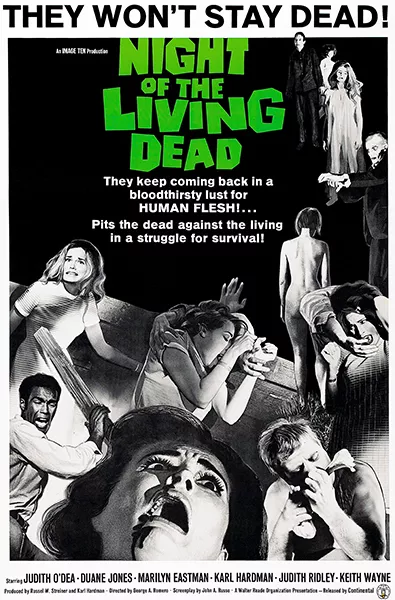
8.) Science fiction movies suggested aliens are the monsters and among us: The Day the Earth Stood Still (1951), The Body Snatchers (1956).
9.) Giallo films were introduced in Italy: The Girl Who Knew Too Much (1963), Black Sunday (1963). This genre has another direct link to German Expressionism as it adapted a specific and similar style. These movies are associated with such directors as Mario Bava and Dario Argento. The films feature bright colors and loud, disorienting music, there is often a masked killer and a mystery, and there is – as in all horror movies, but more so – an underlying sense of menace and sex, not necessarily in that order.
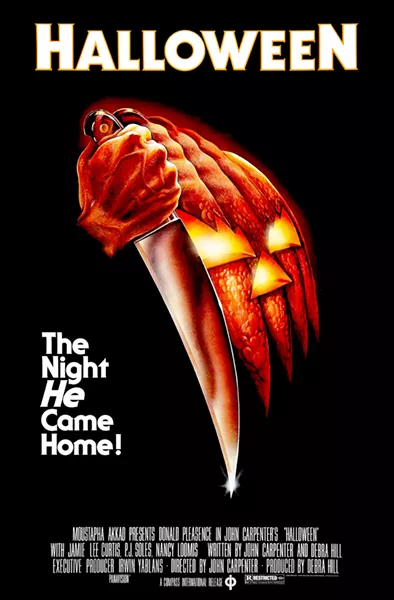
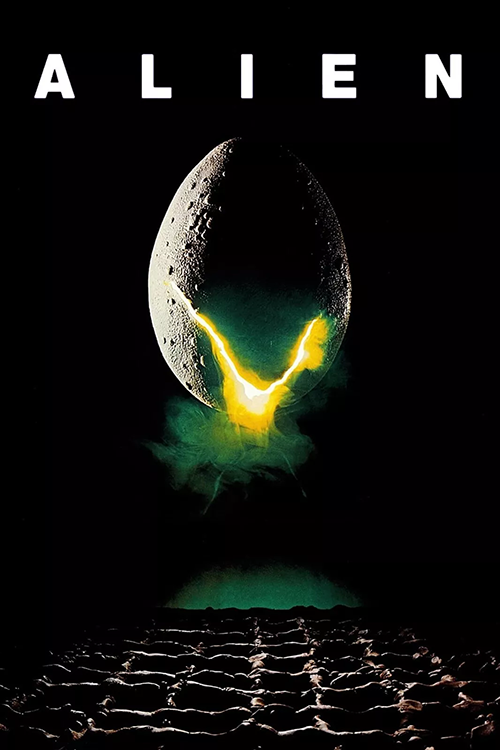
10.) Psychological horror received a jump start from Alfred Hitchcock: Psycho (1960), The Birds (1963).
11.) Zombies were introduced as a new horror: Night of the Living Dead (1968) was directed by George Romero.
12.) The slasher film – a new monster with added psychological horror – was launched: Halloween (1978). John Carpenter directed and composed the musical score. Sequels and imitators followed.
13.) Science fiction horror kicked into high gear: Alien (1979). Ridley Scott directed the first film and many sequels followed.